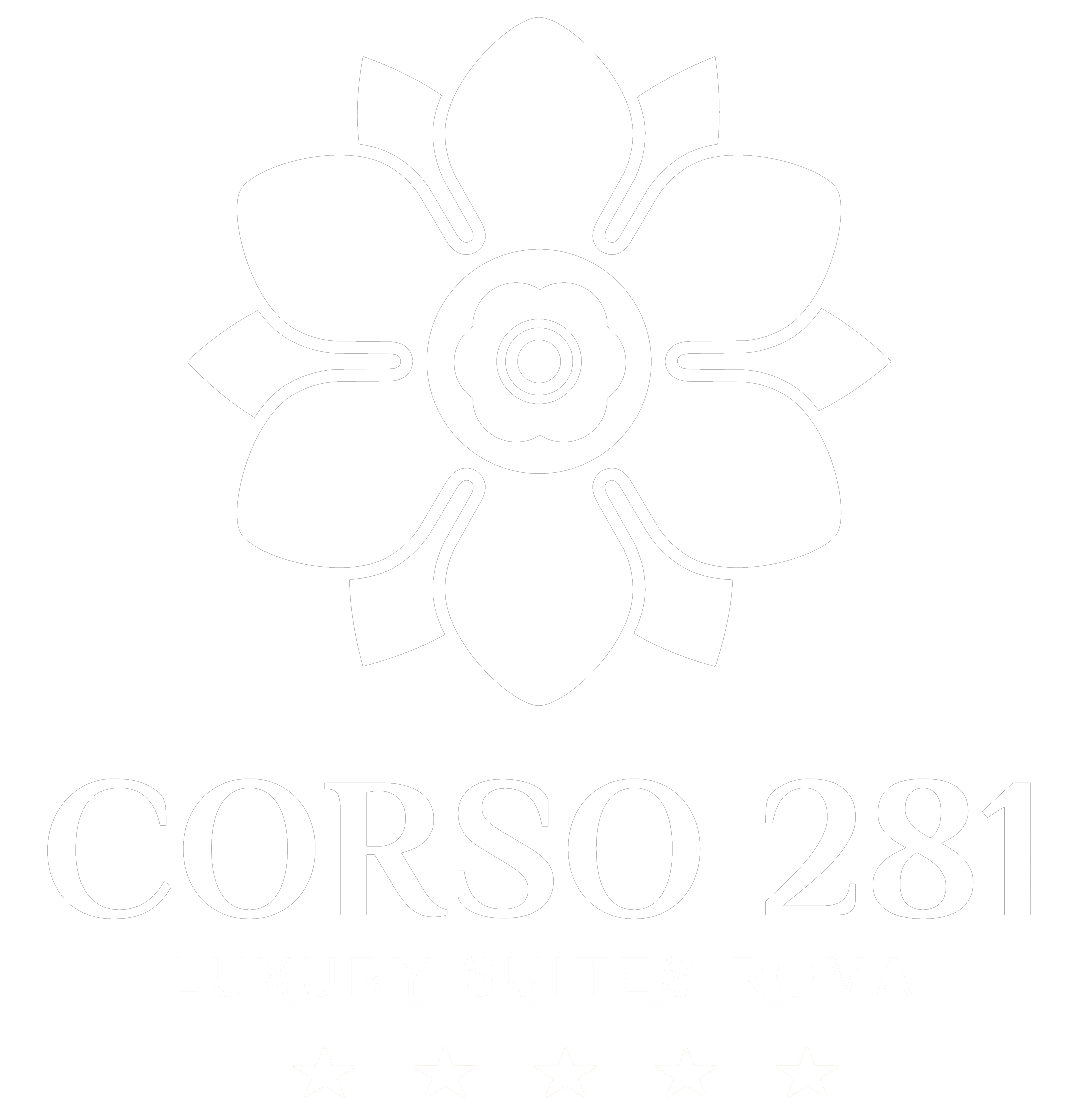

Best rates guarantee
Free Upgrade (upon availability)
Early Check-in (upon availability)
The Colosseo
The original name for the Colosseo is the Anfiteatrum Flavium. It was built by
emperor Vespasiano and inaugurated in 80 A.D. In ancient times it was the site
of the "Naumachie" or navy-battles, the "Munera" or gladiator-fights,and the "Venationes"
or wild animal-hunts.It could hold up to 87.000 people.
Domus Aurea
The construction of the Domus Aurea (the Golden House) was considered as one
of the most crazy enterprises of the city. When two thirds of Rome were burnt
down by the big fire in 64 AD, emperor Nero (54-68 AD) used the free space for
a new accommodation. The architects have done all possible things to satisfy his
megalomania. The accommodation had to cover four districts. The palace itself
radiated a tremendous luxury. The most important part was a large rectangle at
the Oppius hill where the four corner parts covered the four districts. The rooms,
halls and corridors were abundantly decorated with gold, silver and precious stones.
The eastern wing of the accommodation was used for public receptions. The western
wing was the house of Nero. It was said that it had a round dining-room, which
turned around day and night, inspired by the revolutions of the earth.
Pantheon
Placed in "Piazza della Rotonda" near "Piazza Minerva" it was named "Pantheon"
because it was a temple dedicated to several divinities. Thanks, first, to the
restoration by Domiziano, and then to the reconstruction by Adriano in 130 A.D.,
it has remained nearly integral. In 609 A.D. this temple was given by Emperor
Foca to Pope Bonifacio IV and changed into a church; this is the reason why it
is still in excellent conditions.
Nearly all what you can admire was built in Roman age, even the dome, 43,4 metres
high, and the solid bronze door. The arcade is decorated, inside, with valuable
polychrome marbles whereas its façade has 16 monolithic granitic columns which
are 14 metres high. Inside, the "Pantheon" has a circular plan and a stately lacunar
dome. The only opening is in the middle of the dome and creates a luminous effect
that exalts the grandiosity and the harmony of this monument. In its chapels there
are numerous works of art and the tombs of thrItalian royal families, of Baldassarre
Peruzzi and Taddeo Zuccari and, above all, there is Raffaello's grave.
Casa di Augusto
Trionfi romani (Roman Victories)
The bas-reliefs, bronzes, coins, sculptures and paintings on display aim to get
the concept of 'Roman victories' across to the public by telling us about the
ceremonies and festivities surrounding the historic big battles.
The first section of the exhibition relates to victories and their development,
from the Etruscan to the Hellenistic worlds; the second section shows images of
illustrious victors and the illustrious defeated - among which Caesar, Pompeius
and Octavian - and reproduces battle scenes.
Casa di Augusto at Roman Forum
Recently inaugurated after 20 years of restoring works, the home where Ottaviano
lived before beginning Emperor is now finally re-opened to public visiting. Some
decorations of walls are still the original ones, beside others have been re-created
like original colors as red, blue and yellow typical of the Imperial Time. Visit
can be allowed to group of maximum 5 persons in order to avoid possible damage
to decorations.